About Gonabad
History
Gonabad is located at 260 km south of Mashhad on the height of 1105 m above the sea level and enjoys a warm and arid climate based on vicinity to desert and being far from the sea.
The location of this region of intersection leads it to be an economic, cultural center with ancient civilization; also, being located on the link road between Razavi Khorasan and South Khorasan and Sistan & Baluchestan is the cause of prosperity and all-around development of this city.
Existence of the cultural and tourist monuments represents an ancient civilization in this area. The biggest aqueduct of the world from Achaemenid era is located in this city. The people of Gonabad are active in agriculture, animal husbandry, industry and mine, transportation and services. The most significant traditional job in Mend area is pottery with a great reputation. Forging, mat weaving of the desert area, sales of animal products which have been prepared in the traditional way, carpentry, woodturning and batting are the other traditional jobs in Gonabad. The language of Gonabad people is Farsi in Khorasani dialect, they are Muslims and the followers of Jafari Shia.
The Qanat-e Qasabeh
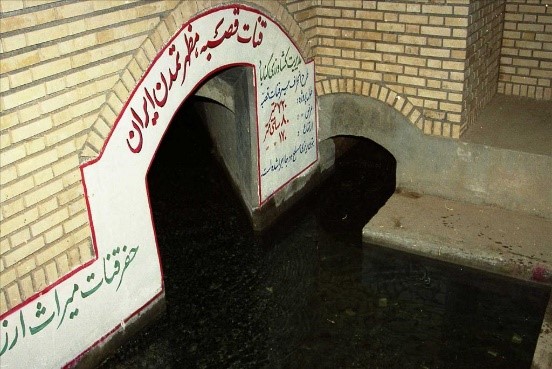
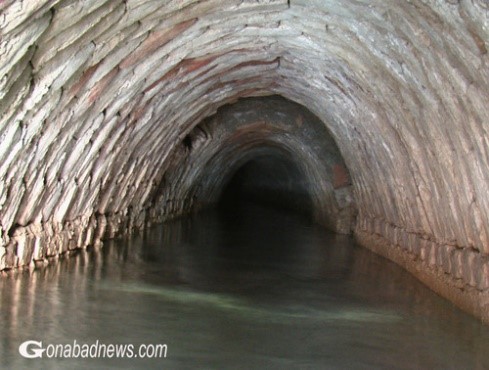
The Qanat-e Qasabeh in Gonabad has attracted many historians and researchers as one of the wonderful man-made phenomena in the history and also as the symbol of the man and nature`s compatibility. The Qanat springs form the middle lands of eastern Gonabad, a place called “Borj Ali Zamen”, in sediments and it is formed of seven linked canals. According to the recent studies, the length of the Qanat is 33113 meters and the number of its wells is more than 470; and the depth of the mother well is about 280 to 300 meters. Naser Khosrow Ghobabadiani is the first one who described the Qanat in his travel account and mentioned its depth 700 meters and its length 24 kilometers and attributed it to KeyKhosrow.
Qasabeh ‘qanat’ (karez) one of the deepest wills ever to be dug by man. The 33-Km karez shines as the embodiment of the art and craft of the man in this land. This brilliant feat of historical importance requires the officials’ hands to be immediately come to global attention by being listed in UNESCO's list of World Heritage Program. The qanat is a heritage from the Aryan times which shines in this chapter of history in the Land of the Sun.
Gonabad Great Mosque
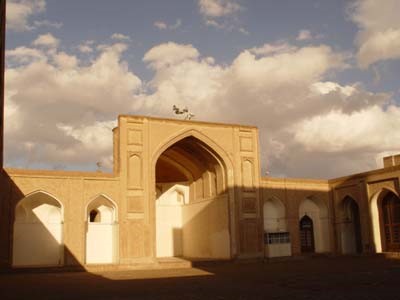
One of the valuable buildings of Kharazmshahiams period in Khorasan Province is Gonabad great mosque which is located in the eastern part of this town. The great mosque has two porticos with ornamental portals, courtyard, northern and southern porticos, porch and 3 columned Shabestan (part of a mosque designed for sleeping or nocturnal prayers).
Mend Earthenware
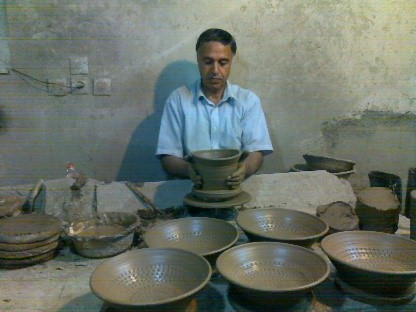
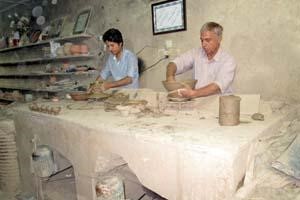
The earthenware of Mend enjoys an ancient history and value among the crafts and handicrafts of Gonabad. The archeological studies suggest that the art was common in this area at least from 3000 years B.C. The various kinds of scattered earthenware in the ancient area and the civilization layers from the archeological searches prove this fact.
Soltan Mohammad Abed’s Tomb
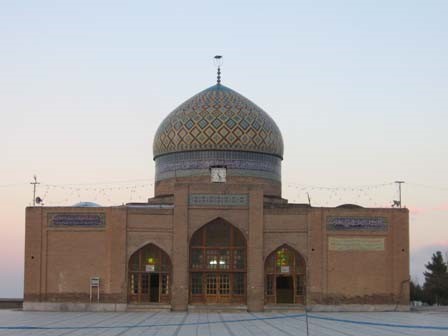
This shrine is located 24 Kilometers away from southern Gonabad close to Kakhak town. According to the historical evidence, he is Imam Reza’s brother who entered Kborasan with his followers after Imam’s martyrdom to fight against enemies. He was finally killed by Abbasid soldiers in Kakhak district.
Museum
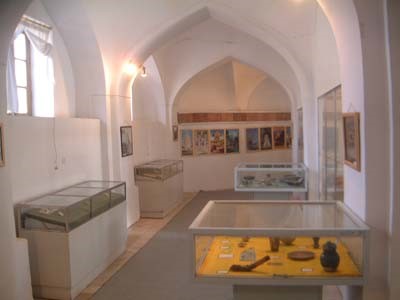
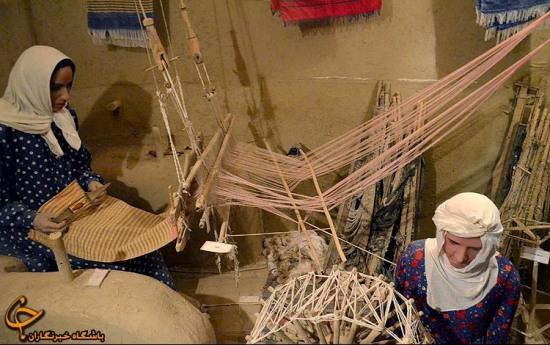
Gonabad museum is located on the eastern district next to the great Mosque. Eastern north dormitory is selected as the place of museum where one can find strong columns and many arcs and an altar decorated with plaster that belongs to Ghajar period. One of the specifications of museum is another historical altar that has been discovered during the archeological explorations. Also, this altar has plaster decoration and beautiful frieze belonging to Ilkhannid period.
